Wildlife
With its mixture of upland habitats the North Pennines is home to an amazing variety of wildlife.
The upland hay meadows and associated habitats support several species of breeding waders and are important feeding areas for invertebrates and bats. Moorlands are home to birds like red grouse, black grouse, curlew, golden plover, merlin, peregrine and short-eared owl. Adders are found in moorland and heath and wetter areas of moorland are also home to amphibians.
The headwaters of streams and rivers are particularly important wildlife habitats and support species not found in other parts of river systems. Many uplands streams and rivers of the North Pennines are strongholds for water voles. Otters can be found in lots of streams and reservoirs in the area. Some of the woodlands of the AONB support birds like migratory pied flycatcher and the wood warbler and red squirrels are found in several locations throughout the region.
Allen Banks & Staward Gorge: North Pennine Birdwalks - Walk 3
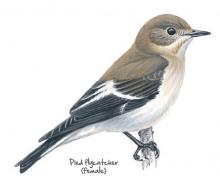
Allen Banks Geotrail
Allendale: Hay Time Walk 1

Ark on the Edge - Animal Rescue Centre, Teesdale

Ashes Quarry Geotrail

Baldersdale: Hay Time Walk 3
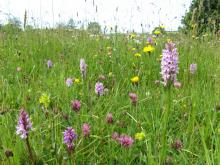
Blackton Reservoir: North Pennine Birdwalks - Walk 14
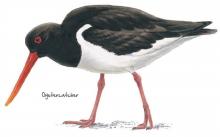
Blanchland
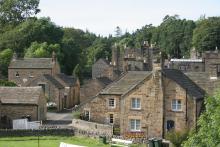
Blanchland Geotrail

Blanchland: Along the river bank (A trail of three tails!)

Blanchland: North Pennine Birdwalks - Walk 5

Bowlees Visitor Centre

Burnhope Head: North Pennine Birdwalks - Walk 7

Cardunneth Pike Open Access Walk
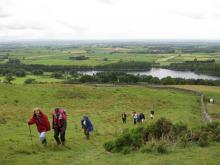
Cow Green Geological Trail

Cowshill (Weardale): North Pennine Birdwalks - Walk 8
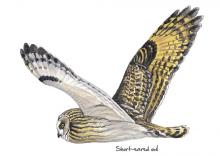
Derwent Gorge: North Pennine Birdwalks - Walk 6
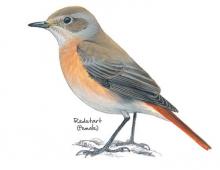
Derwent Reservoir - Walks, rides and wildlife

Derwent Reservoir and Pow Hill Country Park

Derwent Reservoir: North Pennine Birdwalks - Site 1

Dufton Pike Open Access Walk
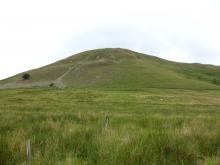
Dufton Pike: North Pennine Birdwalks - Walk 11
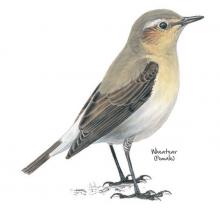
East Allen Valley Wildflower Walk

Eden Outdoor Adventures

Egglesburn Wood
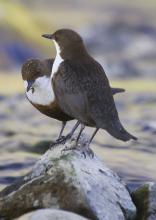
Epiacum Roman Fort (aka Whitley Castle): Alston through the ages

Garrigill: North Pennine Birdwalks - Walk 10
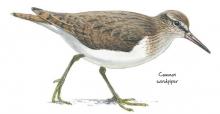
Hamsterley Forest

Hannah's Meadow Nature Reserve
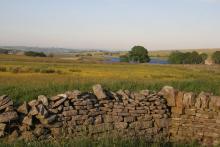
Hayberries Nature Reserve
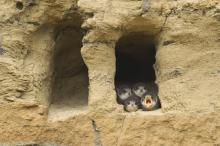
Howden Burn (Weardale): North Pennine Birdwalks - Walk 13
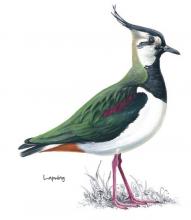
Ireshopeburn (Weardale): Hay Time Walk 2
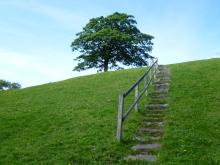
Isaacs Tea Trail

Killhope Lead Mining Museum

Knock Geological Trail

Lambley and the South Tyne: North Pennine Birdwalks - Walk 1
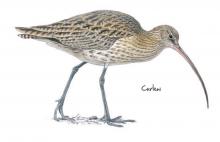
Low Barns Nature Reserve

Mickleton to Middleton
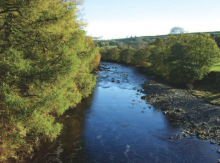
Newbiggin and the Carriers’ Way

Over the hill to Cowbyre Farm

Raby Castle
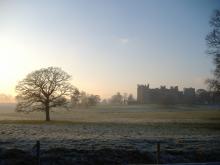
Rookhope: Fields and Fells

RSPB Geltsdale Walking Trails

Slitt Wood and West Rigg Geotrail
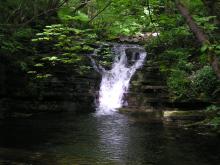
Spring Gentian
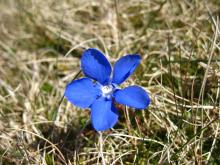
Take a walk in the woods…

Taste Trails: Allendale to Whitfield Circular

Teesdale Reservoir Walk

The Chimneys and Dryburn Moor (Allen Valleys): North Pennine Birdwalks - Walk 4
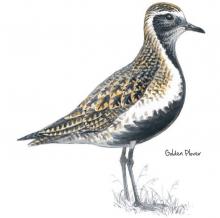
The Garden Station
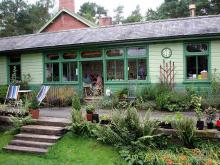
The Harehope Quarry Project
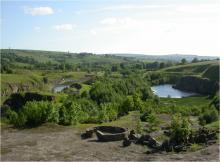
The National Trust - Allen Banks and Staward Gorge woodland walk

Tindale Tarn: North Pennine Birdwalks Walk 2

Tow Law, Thornley & Harperley

Tunstall Reservoir Walk

Tyne Train Trails - Riding Mill to Corbridge
Tyne Train Trails: Bardon Mill to Haltwhistle
Tyne Train Trails: Hexham to Haydon Bridge
Up on the ridge: Moor House-Upper Teesdale NNR
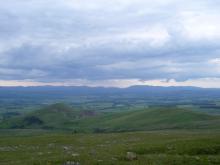
Upper Teesdale (Hanging Shaw): North Pennine Birdwalks Walk 12

Upper Teesdale Wildflower Walk
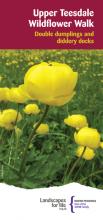
Walks from Allendale Caravan Park

Waterfalls and wildlife walk: Moor House-Upper Teesdale NNR

Weardale Way - White Kirkley to Wolsingham
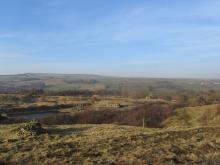
Wearhead: The River Wear starts here

Wellhope Moor (Nent Valley): North Pennine Birdwalks - Walk 9

Whitesyke and Bentyfield Mine
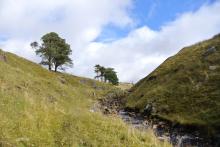
Widdybank Fell Nature Trail: Moor House-Upper Teesdale NNR

Wild Brown Trout - Cow Green Reservoir

Wild North Discovery






